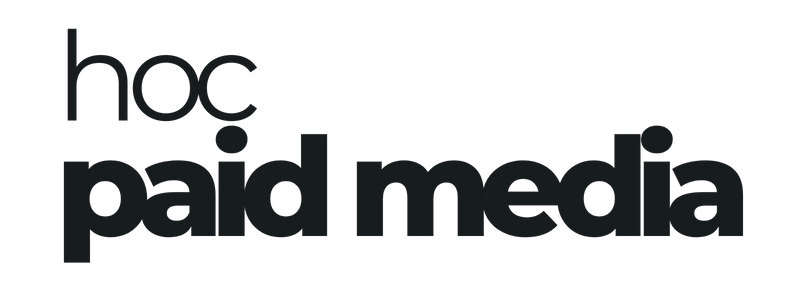Here’s something I tell clients all the time: you can spend tens of thousands on paid media, build flashy landing pages, and churn out creative after creative – but if you don’t know who you’re talking to, none of it matters.
This isn’t a fluffy brand strategy cliché. It’s the single biggest factor that separates brands that scale efficiently from those that bleed ad spend without results.
Let me show you what I mean.
When Great Creative Still Falls Flat
Picture this. You’re running a successful DTC brand pulling in £80-£100k per month. You’ve got momentum, a steady customer base, and a media buying team dialling in the numbers. You’re investing in UGC – user-generated content – as part of your ad strategy, and on the surface, you’re doing everything right.
You’re hiring creators. You’re mixing in voiceovers and testimonials. The production value is on point. But results? Not what you expected.
Why?
Because all your UGC actors are aged 20 to 30. And your actual customers – the ones who convert, subscribe, and come back again – are mostly women aged 35 to 64.
The Mismatch That’s Costing You
It sounds obvious once you hear it, but it’s a blind spot that even well-established brands fall into. When your creative doesn’t reflect the people you’re trying to sell to, it creates a disconnect.
Here’s what happens when you miss the mark:
- The viewer doesn’t see themselves in the ad. It feels like the product isn’t for them.
- Subconsciously, they disqualify themselves. “Looks great… but that’s for younger women.”
- You lose them – not to a bad product or high price point, but to irrelevance.
- Meanwhile, a competitor who does understand their audience scoops up the sale.
And let’s be honest: in competitive markets, you don’t have many chances to get it right. Especially when CPMs are climbing and attention spans are shrinking.
UGC Isn’t Just About Authenticity – It’s About Alignment
User-generated content works because it feels organic. Relatable. Real. But to actually convert, it also needs to feel relevant. That starts with the casting.
When your top customer segments are women in their 40s, 50s, and 60s, showcasing 22-year-olds talking about the product isn’t just a creative choice – it’s a missed opportunity.
What does the audience want to see? Someone who understands their lifestyle. Their needs. Their concerns. That doesn’t mean your content has to be dull or overly serious – it means it has to be familiar. Comfort builds trust, and trust drives conversions.
What You Should Do Instead
If you’re investing in performance creative – and you should be – then audience alignment should be baked into the process from day one. Here’s what I recommend:
- Start with your data – Who are your best customers? What age range do they fall into? What are their buying habits?
- Audit your top-performing ads – Are they resonating because of the creative, or in spite of it?
- Match your UGC talent to your buyer profile – Age, tone, style. You don’t need to be overly literal, but you do need to be intentional.
- Test variations by demographic – Don’t guess. Run creatives with different age profiles and see what actually moves the needle.
You’ll be amazed at how quickly relevance starts outperforming trendiness. In fact, it’s often the difference between 1.5x ROAS and 3x.
Closing Thoughts
At the end of the day, media buying is about psychology as much as data. If your audience doesn’t feel seen, your ads don’t stand a chance – no matter how well-optimised your funnel is.
Knowing who you’re talking to isn’t a suggestion. It’s the rule.
If your creative doesn’t reflect the person you’re trying to convert, then someone else’s will. And in a competitive ad auction, that’s all it takes to lose a customer.
Want to level up your paid strategy with creative that actually converts? Start by knowing who you’re speaking to – and then make sure they know it too.
























